 Back to the Be Inspired Blog
Back to the Be Inspired Blog
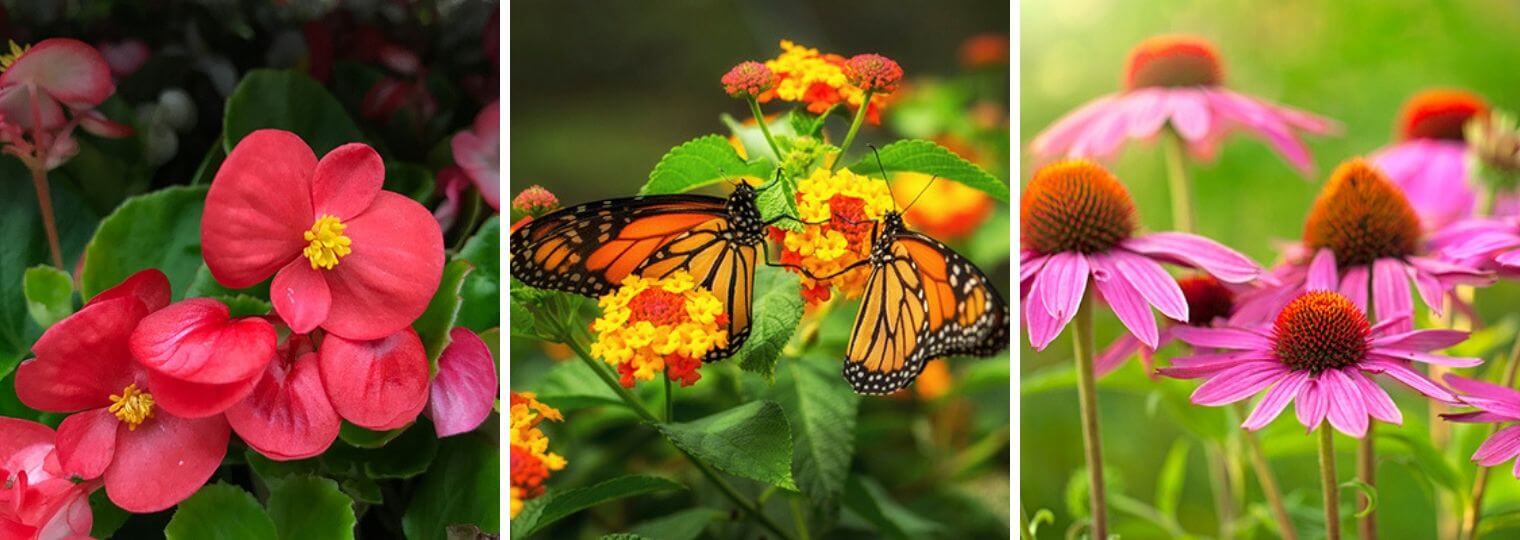
The Best Plants to Handle California’s Summertime Heat
California’s Mediterranean climate brings dry summers and intense sunshine—conditions that can leave many plants wilting by mid-season. But some plants are built for it. Understanding what makes a plant heat-resistant can help you design a landscape that stays colorful, healthy, and full of life, even during the hottest months.
What Makes a Plant Truly Heat-Resistant?
When we talk about “heat-resistant plants,” we’re not just referring to those that survive hot days—we mean those that thrive in full sun and dry conditions with minimal fuss. Most of these resilient varieties have evolved in regions with long dry seasons, strong UV rays, and high daytime temperatures.
Here are the key characteristics that help these plants power through the summer:
Light-Reflecting Blooms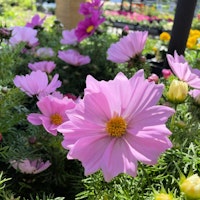
Bright or light-colored flowers aren’t just pretty—they’re functional. Plants with vivid blooms often contain natural pigments like carotenoids, which help shield petals from sun damage.
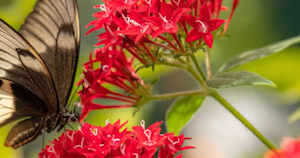 Waxy or Hairy Leaves
Waxy or Hairy Leaves
A waxy coating or fine leaf hairs help reduce water loss. These traits act like natural sunscreen, preventing moisture evaporation and protecting the plant’s energy-making process during the heat of the day.
Sturdy, Slim Stems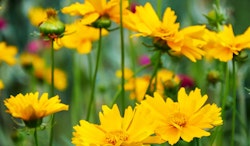
Thick or firm stems reduce wilting by supporting the plant’s internal water pressure, even when soil moisture is low. This allows the plant to stay upright and functional without needing constant irrigation.
Why These Plants Work in Bay Area Gardens
Many Bay Area gardeners face hot, dry summers—especially in inland areas like San Jose, Dublin, and Novato. Choosing plants that naturally handle heat helps reduce water usage, maintenance time, and the frustration of drooping leaves in peak summer.
Whether you’re refreshing a container or filling in a sunbaked garden bed, look for these heat-smart traits when selecting your plants at SummerWinds Nursery.
Pro Tips for Planting in the Heat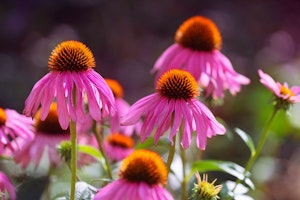
- Observe your garden’s sun patterns. Full-sun areas may need the toughest plants, while partial-sun spots can handle more variety.
- Mix textures and heights. Use taller heat-resistant shrubs to cast shade for more delicate plants.
- Use mulch. It helps regulate soil temperature and lock in moisture.
- Water wisely. Deep, infrequent watering helps develop drought-tolerant root systems.
Visit SummerWinds to Learn More
Want to see these traits in action? Visit any of our Bay Area locations and ask our garden experts to point out heat-resistant flowers, herbs, and shrubs that work best for your microclimate. We’re happy to help you build a garden that’s just as tough as it is beautiful.
👉 Find Your Nearest Location »
👉 Shop 10 Droop-Proof Plants »

